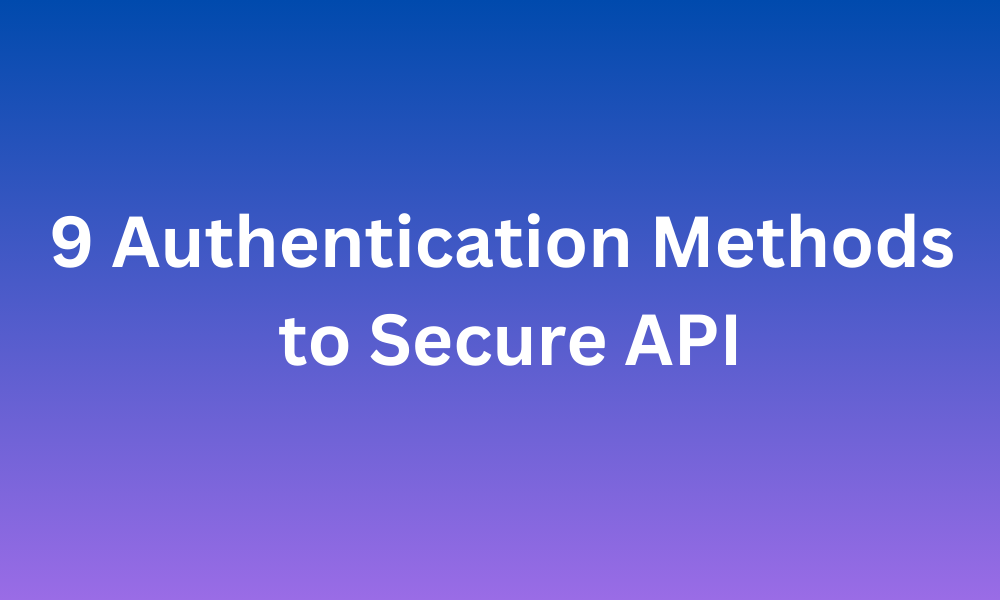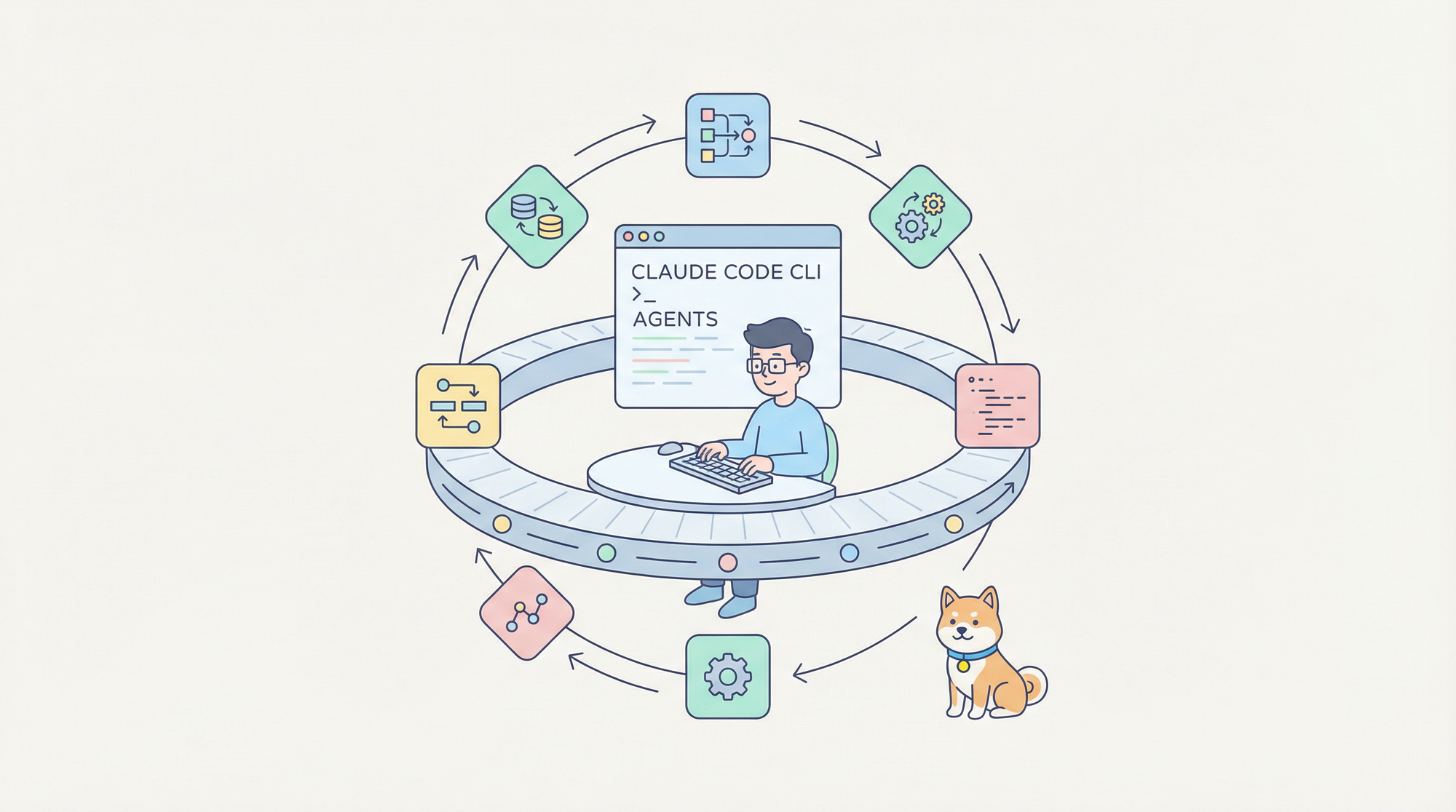Welcome to the intriguing world of API Authentication, where we navigate the complexities of digital security like a seasoned captain sailing the cyber seas. In this vast digital ocean, API authentication is the lighthouse guiding ships safely to harbor, protecting your data treasures from the swashbuckling pirates of the cyber world. It’s not just a technical necessity; it's the guardian of your digital realm, ensuring that only those with the right keys can unlock the kingdom of your valuable data.
Elevate your API security to new heights – Explore the possibilities with Apidog. Click the Download Button 👇👇👇
Why is API Authentication Important?
Imagine a castle without guards, a bank without a vault. That's the digital landscape without API authentication. In an era where data is king, API authentication stands as the first line of defense against data breaches, unauthorized access, and cyber threats.
It's not just about keeping out the bad guys; it's about establishing trust. When users know their data is safe, confidence in your service skyrockets. So yes, API authentication isn't just important; it's indispensable in our connected world.

9 Best Popular API Authentication Methods
Basic Authentication
First up, we have Basic Authentication. Picture this as your traditional username and password combo. It's like the good old-fashioned lock and key to your data. Simple, right? But hold your horses, it's not all sunshine and rainbows. Basic Authentication sends credentials in a not-so-secure way. If someone's eavesdropping (and in the cyber world, there's always someone), your data might say "hello" to the wrong person.

Token Authentication
Next, we're talking about Token Authentication. Imagine walking into a club and getting a stamp on your hand. That stamp is your token, proving you've been vetted at the door. In the digital world, after the initial check-in, you get a token, a string of characters, granting you access without needing to flash your ID every time. It’s convenient, but hey, if someone copies your stamp (or token), they might just slip past the bouncer.
OAuth
Now, let’s chat about OAuth. It’s like asking a friend (a third-party service) to tell the bouncer (the API) that you’re cool to enter. OAuth lets you use one service’s credentials to access another. Think of logging into a website using your Google or Facebook account. Neat, right? But, remember, you’re relying on that friend to vouch for you. If their judgment is off, you might find yourself in a pickle.
API Keys
Moving on to API Keys. These are like those VIP passes to an exclusive event. When you request an API, you present this unique key. It’s simple and effective for controlling access, but if someone snags your VIP pass, they might be living it up at your expense.

HMAC (Hash-based Message Authentication Code)
HMAC, or Hash-based Message Authentication Code, is a bit more complex. Imagine sending a coded message where the code changes every time. Even if someone intercepts your message, decoding it is a tough nut to crack. It’s a robust method, using both a key and a message to create a unique hash. But, complexity can be a double-edged sword, making it a bit harder to implement smoothly.
JWT (JSON Web Tokens)
JWT, or JSON Web Tokens, are fascinating. They’re like those secret agent messages that self-destruct after being read. JWTs are compact and self-contained, carrying all the info about the user, and they're secure to boot. But, if intercepted, they can be a goldmine for someone with ill intent.

SAML (Security Assertion Markup Language)
Then there's SAML or Security Assertion Markup Language. It’s like having a trusted mutual friend vouch for you. Used primarily for single sign-on (SSO) services, it allows users to log in multiple times in different places with just one set of credentials. Handy, right? But, it’s a complex dance and not the easiest to set up.
OpenID Connect
OpenID Connect builds on OAuth. Think of it as OAuth wearing a superhero cape. It’s specifically designed for user authentication and is widely adopted due to its simplicity and effectiveness. But, as with all heroes, if its power is misused or falls into the wrong hands, chaos ensues.
Mutual TLS
Last but not least, Mutual TLS, or Mutual Transport Layer Security. This is like a secret handshake where both parties know the moves. Both the client and server authenticate each other, ensuring a high level of security. It’s like a mutual non-disclosure agreement; both sides know they can trust each other. However, setting it up can be quite a task, requiring a lot of technical know-how.
How Apidog Elevates API Authentication

Apidog isn't just a tool; it's your API’s best friend. Think of it as a Swiss Army knife for API testing and monitoring. Whether you're dabbling with Basic Authentication or navigating the complex seas of OAuth, Apidog is there to ensure your API’s authentication is as tight as a drum. With its intuitive interface, you can easily set up, test, and manage various authentication methods, making sure your API is both robust and user-friendly.
Conclusion
In conclusion, API authentication is like the secret sauce to secure and effective communication in the digital world. Each method has its pros and cons, much like different flavors of ice cream. The key is to choose the one that best suits your needs. And with a tool like Apidog in your corner, you're well on your way to ensuring that your API is as secure as a vault, yet as accessible as you need it to be. Remember, in the world of APIs, the right authentication method doesn't just add security; it adds value. So, choose wisely, implement carefully, and stay safe in the digital playground!



